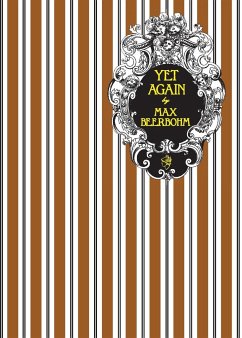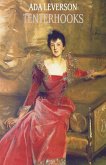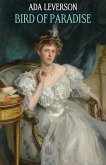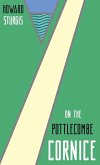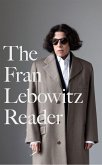In 1909, ten years had elapsed since Max Beerbohm's last volume of essays. In the time which had passed, his style had evolved to become a little more elegiac, a little less over-consciously clever. Yet Again gave full voice to his new mode, moulded by constant journalism into a superb clear flow. Still present are trenchantly funny criticism of banality, gorgeous erudition, countered expectations and, most of all, delicious irony. In ¿Seeing People Off we are asked to examine the terrible truth behind awkward goodbyes; in A Club in Ruins the strange and lugubrious magnetism of dying buildings is surveyed; in Ichabod¿ the author shamefacedly asks himself why he should mind that all the labels have been cleaned from his luggage; in The House of Commons Manner he bemoans the surprising lack of skill in speaking of the august members of that house; and in Dulcedo Judiciorum a full account is rendered of the superiority of the entertainment provided by the law courts over that of the theatre. Alongside seventeen other brilliant essays, there is here also a special section of nine imaginative depictions inspired by famous artworks.

